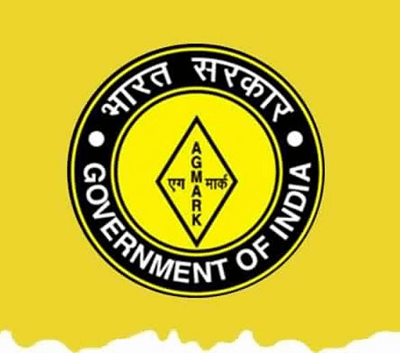What is the Full Form of AGMARKAGMARK: Agricultural MarkAGMARK stands for Agricultural Mark. AGMARK is an agricultural certification mark used as a sign or a symbol of good quality in Agricultural products.
The Ministry of Agriculture and Farmer welfare is entirely under the control of the Central Government. The Ministry of Agriculture and Farmer welfare is divided into two categories that are "The Department of Agriculture, Co-operation and Farmer Welfare" and "The Department of Agriculture Research and Education." The Directorate of Marketing and Inspection (DMI) works under the Department of Agriculture, Co-operation, and Farmer Welfare. The AGMARK certification office work under the Directorate of Marketing and Inspection (DMI). The framework for creating the AGMARK certification was done by a British professor Archibald MacDonald Livingstone; this idea for AGMARK certification was proposed to the Agriculture and Marketing Advisory of the Indian Government in the year 1934 to 1941. In this task, he was helped by hundreds of agriculturists. The primary need for the AGMARK certification was to uplift the small farmers who did not get a reasonable price for their Agriculture products; so by introducing AGMARK, the small farmers could directly sell their product to the customer and not to the dealer. Laboratories of AGMARK in CountryIndia's government has installed several CAL (Central AGMARK Laboratory) and RALs (Regional AGMARK Laboratories) laboratories. The farmers or the manufacturers can get an AGMARK certification for their products by fulfilling the criteria mentioned by the Ministry of Agriculture and Farmer Welfare; the state-owned laboratories have full authority to test the product and provide it with AGMARK certification. The Central AGMARK Laboratory is located in Nagpur only, and there are eleven Regional AGMARK Laboratories in India; they are located in eleven nodal cities of the country that are Bhopal, Rajkot, New Delhi, Mumbai, Chennai, Kolkata, Kanpur, Kochi, Guntur, Amritsar, Jaipur. The Regional AGMARK Laboratories have almost all the modern equipment that is needed for testing the farm product, the working staff of the laboratory is well qualified, and a good team of certified researchers is also available in every Regional AGMARK Laboratory, sometimes the test report of Laboratories may differ a little bit. 
The Testing in Central AGMARK Laboratory Includes Various Steps and Processes that are Listed below:
Next TopicFull Form
|
 For Videos Join Our Youtube Channel: Join Now
For Videos Join Our Youtube Channel: Join Now
Feedback
- Send your Feedback to [email protected]
Help Others, Please Share










